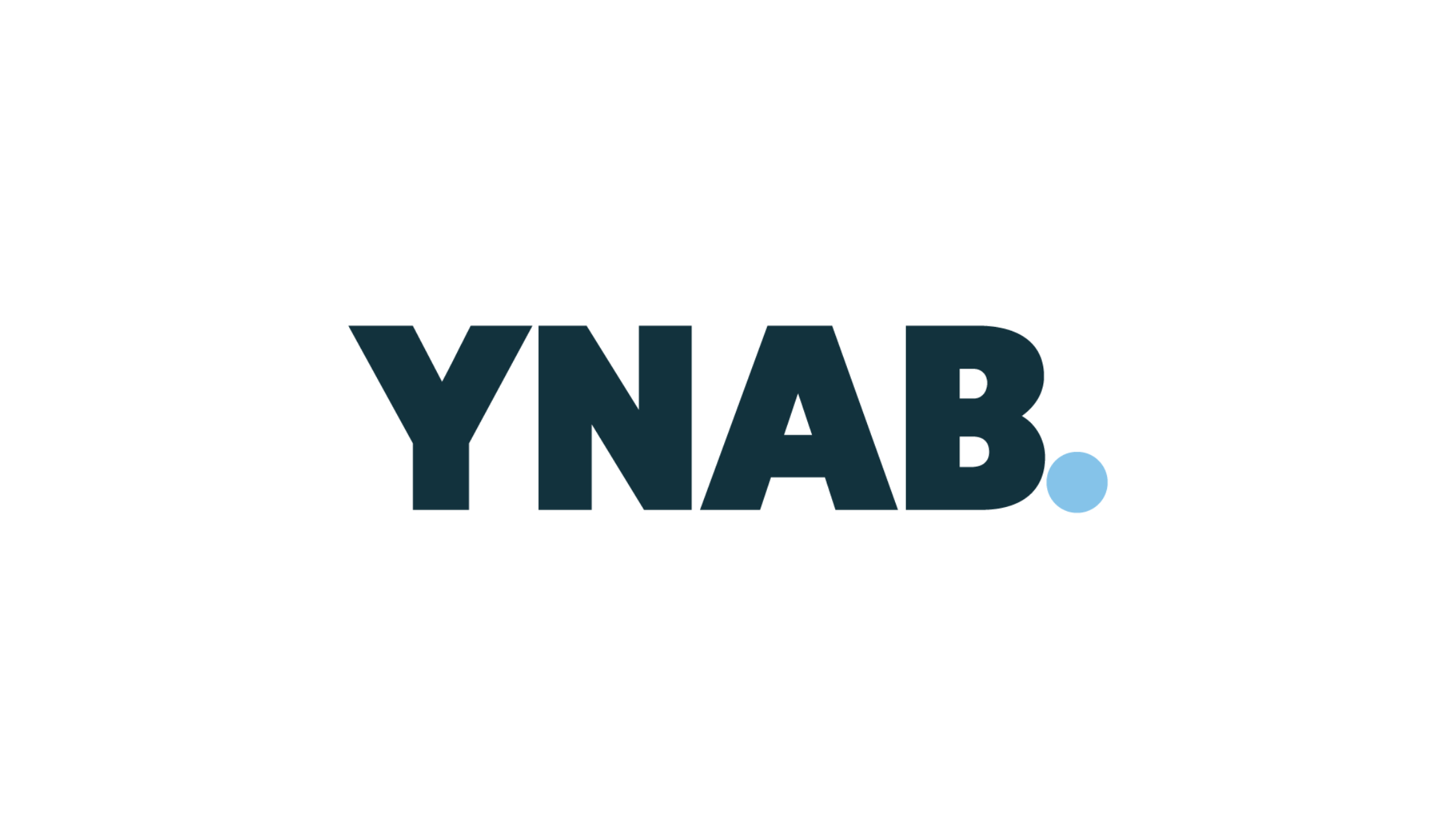Planning for college is a big step, and understanding costs is key to making smart financial decisions. College costs can seem unbelievable at first, but breaking them down makes it easier to plan. You’ve probably heard of the "sticker price," which is the full advertised cost of attending a school. This includes tuition, fees, room and board, and other expenses. However, the sticker price isn’t the final number for most families, and understanding this can help ease financial stress.
The actual tuition is what you’d pay out of pocket after financial aid, scholarships, and grants are applied. Financial aid is like a discount that lowers the cost, and it’s pretty common, most students don’t pay the full sticker price. For example, if the sticker price is $40,000 per year, but you qualify for $15,000 in grants and scholarships, your actual tuition could drop to $25,000. Schools also have something called a “discount rate,” which is the average amount by which tuition costs are reduced.
By understanding the difference between sticker price and actual tuition, you can better predict the out-of-pocket costs for college and make informed choices. This knowledge can save families from unnecessary stress and help them focus on achieving their goals.
Why Do Colleges Use the Sticker Price Model
Colleges use the sticker price model for good reasons, even though it can seem confusing at first. The sticker price reflects the total cost of running the school, including things like paying professors, maintaining buildings, funding programs, and offering services for students. These costs need to be covered, so colleges set a standard price as a starting point.
However, many students will not typically pay the full sticker price. That’s where financial aid comes in. By offering need-based and merit-based aid, colleges can make education more affordable and accessible for families with different income levels. This flexibility ensures that students from a wide range of backgrounds can attend.
Merit scholarships are an important part of the system. Colleges use them to recognize high-achieving students and compete with other schools to attract the best and brightest. This competition benefits students who stand out academically, athletically, or even artistically.
Essentially the sticker price model helps colleges manage their budgets while also giving them the freedom to customize aid packages based on each student’s situation. While it might seem confusing, understanding how it works can help you see the opportunities available to make college more affordable.
What Can Students Realistically Expect to Pay
While the sticker price is the full cost of attending a school, as mentioned already, many students rarely pay this amount. After financial aid, grants, and scholarships, the actual tuition you pay can be much lower. For example, at public in-state colleges, the average net tuition after aid is around $9,400 per year. Public out-of-state schools cost more, with an average net tuition of about $27,000 yearly. Private colleges tend to have higher sticker prices, but after aid, students pay an average of $23,800 annually.
What you pay also depends on several factors. Family income plays a big role, families with lower incomes typically qualify for more need-based aid, reducing the cost. Academic achievements, such as strong grades or test scores, can lead to merit scholarships that lower the price further.
Where you live matters, too. Attending a public school in your home state is usually the cheapest option since most states offer discounts for residents. Understanding these factors can help you plan and figure out what you can realistically expect to pay for college.
Tips to Navigate College Costs
When you look at college costs, don’t be fooled by the "sticker price." What really matters is the net price, how much you’ll owe after scholarships, grants, and other financial aid are applied. That’s why it’s so important to do your research. Start by checking colleges’ average net prices, which you can usually find on their websites or through Net Price Calculators. This will give you a better idea of what you'll actually need to pay.
Another smart move is to apply for as many scholarships and grants as you can. Even smaller scholarships can add up and reduce your costs. Don’t stop at national or big-name scholarships, local organizations, community groups, and even family employers often offer awards that are easier to win.
When it comes time to choose a school, compare financial aid offers from all the colleges you’ve applied to. Look beyond tuition to see how much free money (like grants) you’re getting versus loans you’ll need to repay. If you’re looking for an affordable option, consider starting at a community college or attending an in-state public school, which often have the lowest tuition for residents.
Financial Aid Options
When it comes to paying for college, understanding financial aid options can make a big difference. Financial aid is designed to help cover the costs of tuition, fees, books, and living expenses, and it comes in several forms.
Grants are a type of financial aid based on need. They don’t have to be repaid, so they are one of the best options. Scholarships are another great choice. These are awarded for your achievements, such as academics, athletics, or a special talent, and also don’t require repayment. Work-study programs allow you to earn money while you’re in school by working part-time jobs on or near campus.
Federal and private loans are another option but be careful with these. Loans must be repaid with interest, so only borrow what you need. Federal loans typically have more flexible repayment options than private loans.
To qualify for most types of aid, it’s essential to fill out the FAFSA (Free Application for Federal Student Aid). This form is your gateway to federal aid, and many colleges and states use it to decide what help they can offer you.
Don’t forget to check for state aid or institutional programs offered by your school—they can provide additional assistance to help cut down that sticker price.







